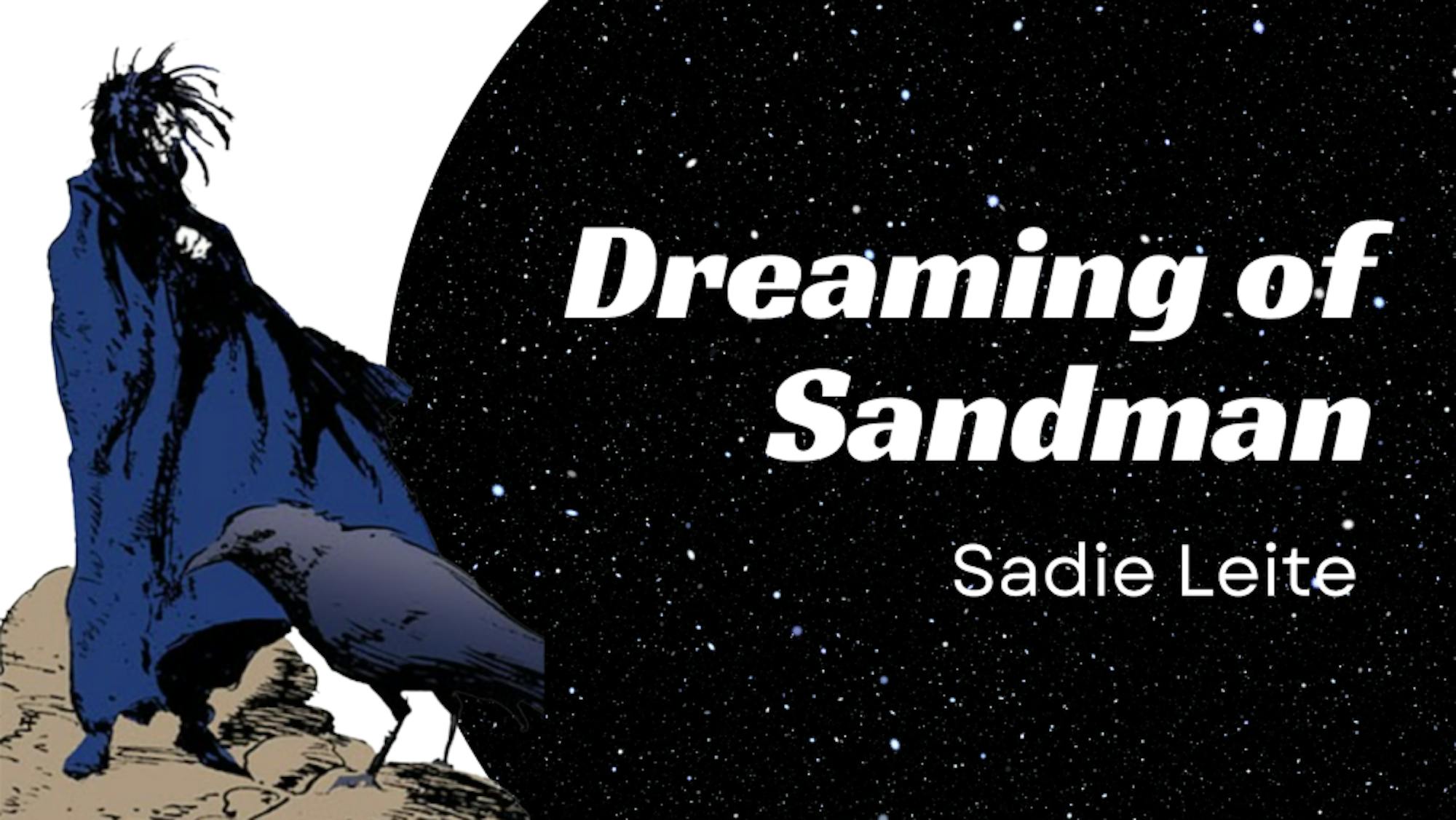The comic book series "The Sandman" (1989–) by Neil Gaiman, is the story about stories written by a writer who loves all other stories. This column is a story about the story about all other stories.
For a less unsettling definition, it is about the God of Dreams, and his other names: Morpheus, Dream, Sandman.
I love "Sandman" because it is strange and familiar. Gaiman draws from historical events, classic literature and mythology, using his tilted storytelling lens to finish a comforting childhood story in a horrifically weird manner.
In “The Sandman: Preludes and Nocturnes” (the first volume of the series, 1988–1989), Sandman starts with a traditional “hero’s journey,” but in Gaiman’s style, points are shifted — it’s more interesting.
In Dream’s case, he starts his epic imprisoned. Some stupid cult leader tries to capture Dream’s older sister Death and fails, catching Dream instead.
Dream escapes because as one of The Endless (a family of seven siblings who have existed for all time and will continue to exist until the end of it) he has some time. A guard eventually falls asleep, and he escapes.
He leaves, however, bothered, his three tools stolen from him, propelling him into a classic quest to reclaim them.
One stop on his journey is hell, where he plays a game to win back one of his tools.
Although he wins, he’s in hell, so accordingly, Lucifer (king of hell), asks why the demons should let him leave. “What power have dreams in Hell?”
“What power would Hell have if those here imprisoned were not able to dream of heaven?” Morpheus leaves easily.
The God of Dreams, as ephemeral in the hierarchy of Gods as the sand he’s associated with, is transformed into a power greater than Satan (one of the greatest antagonists in literature) with Gaiman’s simple back-step.
The perspective is simple, yet not acknowledged until Gaiman presents a scene like the latter: Dream is inked in his dark robes walking away, unharmed, from the gross hordes of hell.
Dream and his dreamworld is endless, just as his family is named — his power only dependent on Gaiman’s imagination.
After Dream finishes his journey, reclaiming all three tools, he is found in the final issue of the volume moping, feeding pigeons.
Dream’s older sister, Death, cheers him up, her introduction demonstrating Gaiman’s grand understanding of humanity.
Death is bubbly and sweet — more likable than grumpy Sandman.
Death yells at Sandman, first because he is feeling sorry for himself that his adventure is over.
She then takes him on a workday, claiming lives. Through the day she is kind to all she impacts. Instead of worsening Dream’s gloomy mindset, Death’s grace underscores the light of living.
And so, Gaiman’s complete reversal of a figure usually draped in darkness brings a unique outlook on life and on humanity’s dread of the end.
Sandman is just starting. I wonder if you can dream of what I’ll say next, but do you have the creative wit of Gaiman? Go to sleep! We will see…






